balanced diet for weight loss: High‑Protein, High‑Fiber Meals That Keep You Full and Lean
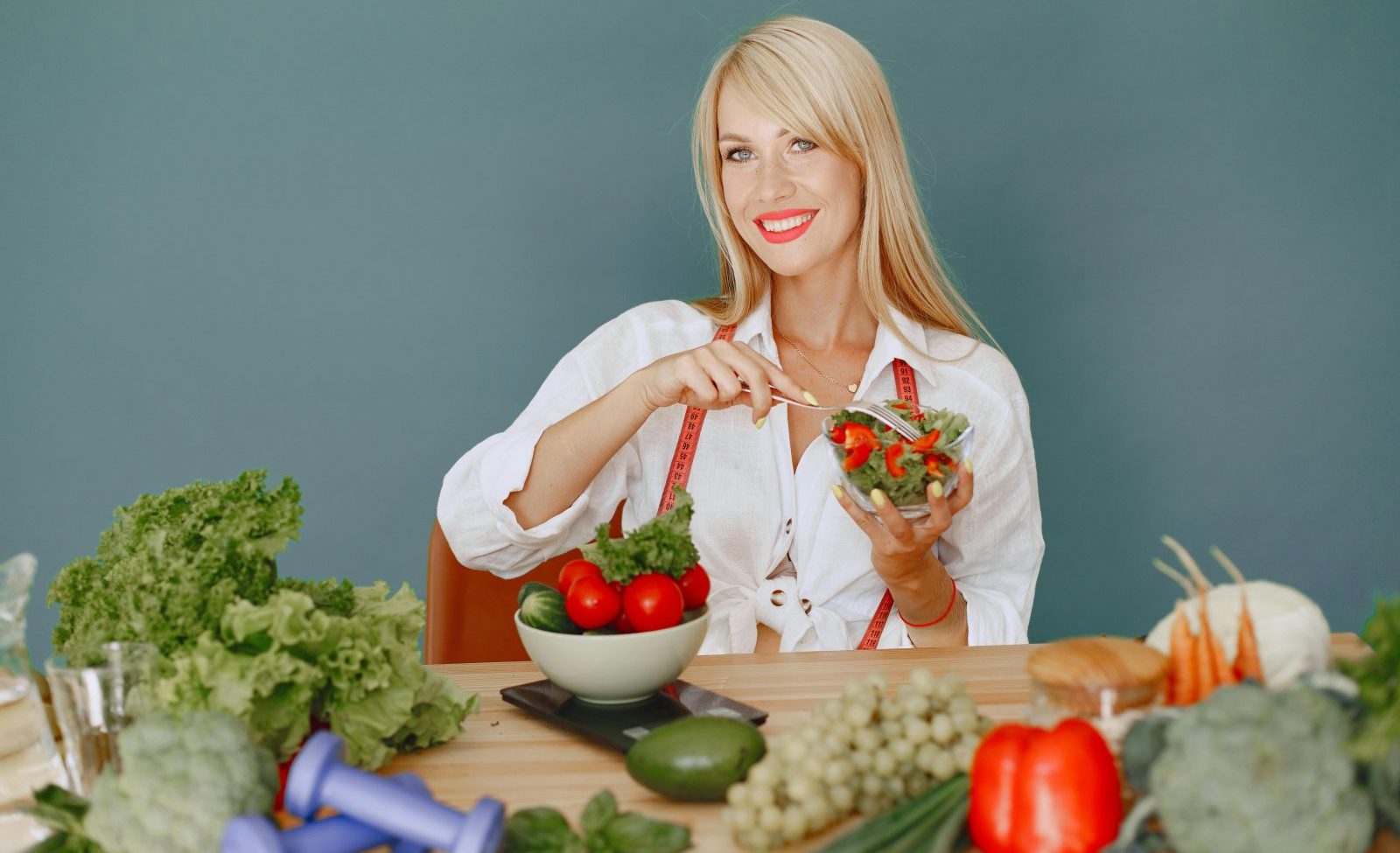
balanced diet for weight loss: High‑Protein, High‑Fiber Meals That Keep You Full and Lean.
When hunger and cravings derail progress, a balanced diet for weight loss built around higher protein, higher fiber, and lower energy density foods makes it easier to eat fewer calories without feeling deprived. This guide distills proven principles from Harvard’s Healthy Eating Plate and leading public health sources into practical meals, form-fits, and shopping tactics anyone can sustain.
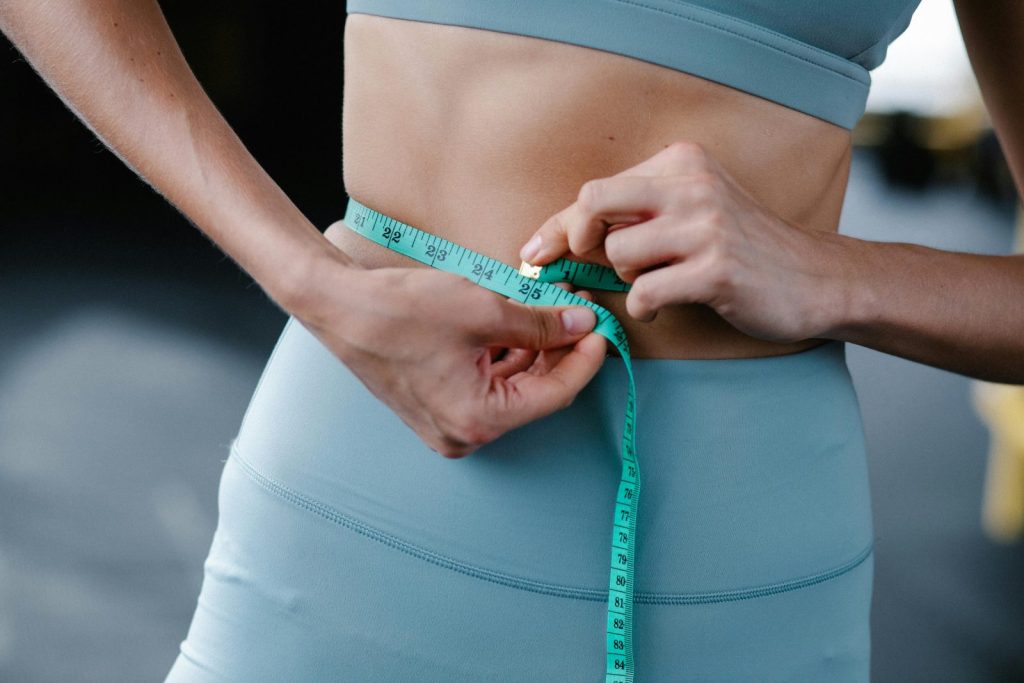
The real problem: hunger, cravings, and diet fatigue
Most people can eat in a calorie deficit for a week, but the plan collapses when meals don’t keep them full, satisfied, and energized. A balanced diet for weight loss succeeds when it emphasizes protein for satiety and muscle preservation and fiber for volume, fullness, and digestive health, while nudging foods toward lower energy density. These levers work even better when framed by the Healthy Eating Plate’s simple structure of vegetables, whole grains, lean proteins, healthy fats, and water-forward hydration.
What “balanced” means in practice
In practical terms, a balanced diet for weight loss uses a plate method that fills half the plate with vegetables and fruits, a quarter with whole grains or high‑fiber carbs, and a quarter with lean proteins, plus healthy oils and water. This pattern naturally tilts meals toward high‑fiber, high‑water, lower‑calorie foods that boost fullness on fewer calories. Public health guidance also encourages planning meals ahead, limiting sugary drinks, and choosing minimally processed foods to support long‑term adherence.
Why protein and fiber are the game changers
Protein increases satiety and helps maintain lean mass during a calorie deficit, improving body composition as weight comes off. Multiple trials and reviews support higher‑protein patterns for appetite control and better weight loss maintenance, especially alongside resistance exercise. Fiber adds volume and slows digestion, helping meals feel bigger and last longer, with U.S. guidelines recommending roughly 14 grams per 1,000 calories consumed.
Energy density: feel full on fewer calories
Energy density is the calories per gram of food, and favoring foods with high water and fiber content—like vegetables, fruits, legumes, and whole grains—helps create satisfying plates with fewer calories. Mayo Clinic and related resources highlight water‑rich produce and whole grains as the backbone of meals that deliver fullness without calorie overload. This is a key pillar of a balanced diet for weight loss because it lets portions stay generous while calories trend down.
Evidence‑aligned protein targets
Research suggests many adults benefit from protein intakes around 1.2–1.6 g/kg/day during weight loss phases to support fullness and muscle retention. Meta‑analyses show diminishing returns beyond ~1.6 g/kg/day for body composition in resistance‑trained contexts, guiding a practical ceiling for most people. A balanced diet for weight loss doesn’t require extremes—just a consistent moderate‑high protein pattern distributed across meals.
Fiber goals that actually help
Most adults under‑consume fiber, and bridging the gap toward 22–34 grams per day (varying by age and sex) is associated with better satiety and weight management behaviors. Practical guidance recommends ramping fiber gradually, pairing it with fluids, and choosing whole foods like legumes, berries, oats, and vegetables to minimize GI discomfort. Building a balanced diet for weight loss around produce, beans, intact grains, and nuts/seeds is the most reliable way to hit targets without counting every gram.
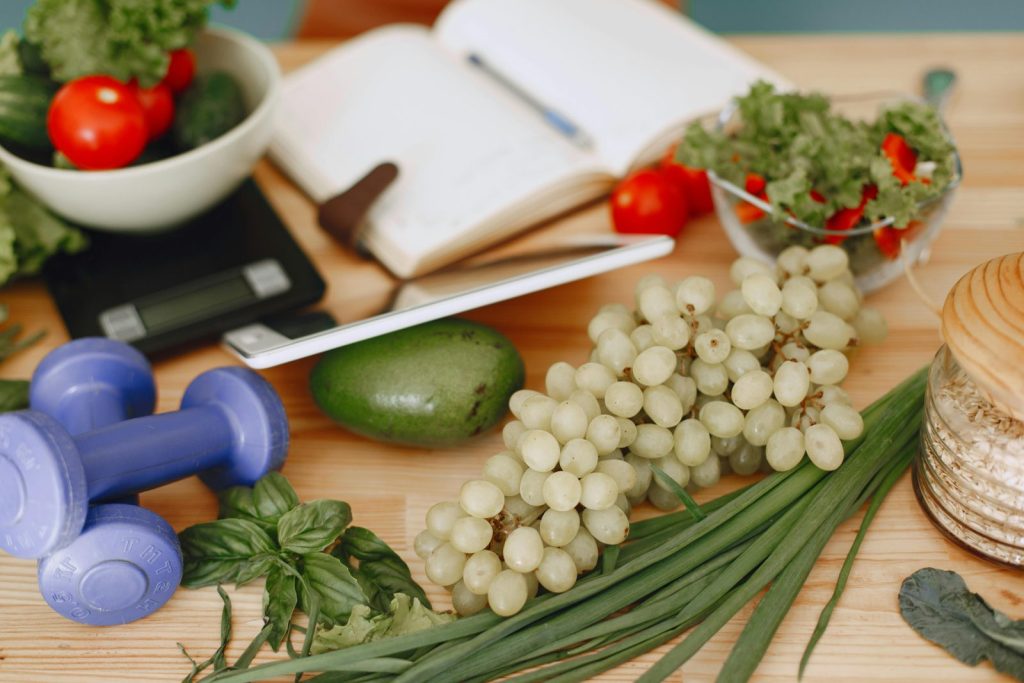
Calorie deficit without the misery
Weight change still follows energy balance, and most adults lose weight by consistently eating fewer calories than they expend. Cutting roughly 300–500 calories per day through smart swaps—more protein and fiber, fewer sugary drinks, and mindful portions—can produce steady, sustainable losses. A balanced diet for weight loss should pair modest calorie reduction with foods that fight hunger so adherence feels natural rather than forced.
High‑search keywords to include naturally
Within this guide, expect helpful phrases like high‑protein diet, high‑fiber foods, healthy meal plan, calorie deficit, energy density, Healthy Eating Plate, portion control, protein intake per kg, fiber grams per day, lean protein recipes, and meal prep for weight loss to be embedded in relevant sections. These terms align with public guidance and evidence so they’re not only SEO‑savvy but also credible and useful.
How to build balanced, filling plates
A balanced diet for weight loss plate is simple: half vegetables and fruits, a quarter whole grains or fiber‑rich carbs, and a quarter lean protein with healthy oils. This ratio helps regulate appetite hormones and slows gastric emptying due to protein and fiber, giving a longer‑lasting “full” signal. Keep beverages unsweetened and prioritize water, tea, or coffee with little or no sugar to avoid liquid calories.
Protein picks that work
Choose skinless poultry, fish, eggs, Greek yogurt, cottage cheese, tofu/tempeh, and legumes to anchor the plate’s protein quarter. These options provide high nutrient density and support satiety within a balanced diet for weight loss. Aim to include a solid protein source at every meal and snack to distribute intake evenly.
Fiber‑rich carb upgrades
Swap refined starches for oats, barley, quinoa, brown rice, beans, lentils, and chickpeas to elevate fiber and micronutrients. These swaps increase volume per calorie and help stabilize energy. In a balanced diet for weight loss, these carb choices improve fullness without excessive calories.
Vegetables and fruit as the foundation
Load at least half the plate with colorful, water‑rich produce for volume and fiber. Focus on a variety of non‑starchy vegetables plus fruit for texture, flavor, and satiety. This is the simplest way to lower energy density inside a balanced diet for weight loss.
7 evidence‑guided meal‑building rules
- Anchor every meal with a lean protein to boost fullness and protect muscle.
- Add at least one high‑fiber whole grain or legume to slow digestion and stabilize appetite.
- Fill half the plate with vegetables and fruits to reduce energy density and increase meal volume.
- Use healthy oils in modest amounts and avoid trans fats and ultra‑processed, sugary drinks.
- Hydrate with water, tea, or coffee (little or no sugar) to reduce liquid calories.
- Plan portions with a modest calorie deficit rather than aggressive restriction.
- Track patterns (even briefly) to catch triggers and build consistency.
Sample day: high‑protein, high‑fiber, low energy density
This sample shows how a balanced diet for weight loss can feel generous while staying calorie‑conscious.
- Breakfast: Greek yogurt parfait with berries, chia, and oats, plus coffee or tea without added sugar.
- Lunch: Lentil‑quinoa bowl with mixed greens, cherry tomatoes, cucumbers, grilled chicken or tofu, and olive oil–lemon dressing.
- Snack: Apple with a small handful of almonds or a cottage cheese cup.
- Dinner: Salmon or tempeh, roasted broccoli and carrots, and a small portion of brown rice or barley.
- Hydration: Water across the day, with sparkling water as a soda alternative.
Each element pushes protein and fiber up while nudging energy density down, which supports a balanced diet for weight loss without constant hunger.
Portion control that doesn’t feel punitive
Even within a balanced diet for weight loss, portions matter, and small, sustainable adjustments beat drastic cuts. Strategies include plating vegetables first, using smaller dishes, pre‑portioning snacks, and swapping liquid calories for water or unsweetened beverages. CDC guidance shows that cutting calories via smart substitutions and mindful portions is both feasible and effective.
Protein: how much and how to spread it
Most people do well distributing protein fairly evenly across meals to maintain satiety signals and support muscle. A balanced diet for weight loss typically targets around 1.2–1.6 g/kg/day, adjusted for individual needs and medical guidance. Resistance training amplifies the body‑composition benefits of a higher‑protein approach during energy restriction.
Fiber: where it comes from and how to increase it
Whole foods like legumes, whole grains, vegetables, fruits, nuts, and seeds deliver fiber plus vitamins, minerals, and phytonutrients. U.S. guidance points to 22–34 grams per day for adults with an approach of 14 grams per 1,000 calories, ramped gradually with adequate fluid. Centering a balanced diet for weight loss on these foods raises fullness without over‑complicating tracking.
Smarter meal timing and routine
Some evidence suggests earlier main meals may relate to better weight‑loss outcomes in structured programs, though total intake and adherence remain primary drivers. Building a routine—consistent mealtimes, planned snacks, and fewer distractions while eating—supports mindful intake and satisfaction. A balanced diet for weight loss benefits from rhythm and predictability more than strict rules.
Low‑effort meal prep system
Batch‑cook proteins, pre‑wash and chop vegetables, and prepare a grain/legume base to throw together fast, high‑fiber bowls. Keep a “default plate” formula on a whiteboard to reduce decision fatigue: protein + high‑fiber carb + 2 vegetables + healthy oil. This keeps a balanced diet for weight loss friction‑free on busy days.
Product spotlight: tools that make adherence easy
- Digital food scale for precise portions: Weighing ingredients helps match calorie targets when needed and improves awareness of actual serving sizes.
- Psyllium husk fiber supplement (optional): Can help close the fiber gap on days when whole‑food intake falls short, introduced gradually with ample fluids.
These are simple, high‑leverage additions that support a balanced diet for weight loss by improving satiety and portion accuracy.
10 high‑protein, high‑fiber meal ideas
- Protein oatmeal with egg whites folded in, topped with berries and crushed almonds.
- Greek yogurt bowl with chia, flax, and sliced pear.
- Lentil‑chickpea salad with arugula, tomatoes, cucumbers, and olive oil–lemon dressing.
- Tuna or white‑bean salad stuffed in a whole‑grain pita with mixed greens.
- Tofu stir‑fry with broccoli, snap peas, carrots, and brown rice.
- Salmon with quinoa‑black bean pilaf and a side salad.
- Turkey chili with mixed beans and bell peppers.
- Cottage cheese with sliced apple and cinnamon, plus a few walnuts.
- Tempeh tacos on corn tortillas with pico, avocado, and shredded cabbage.
- Barley‑vegetable soup with grilled chicken or tofu on the side.
Each idea reinforces the core structure of a balanced diet for weight loss: anchor protein, add fiber‑rich carbs, and pack the plate with produce.
Simple shopping list to win the week
- Proteins: chicken breast, eggs, Greek yogurt, cottage cheese, tofu, tempeh, salmon, tuna, beans, and lentils.
- High‑fiber carbs: oats, barley, quinoa, brown rice, whole‑grain bread, and chickpeas.
- Produce: leafy greens, broccoli, carrots, tomatoes, cucumbers, berries, apples, pears, and citrus.
- Healthy fats: olive oil, nuts, and seeds.
- Hydration: water, unsweetened tea, and coffee.
This basket keeps a balanced diet for weight loss both satisfying and nutrient‑dense.
Your 5‑step weekly blueprint
- Plan 7–10 mix‑and‑match meals that follow the plate method, with protein and fiber centered.
- Prep protein, grains/legumes, and vegetables in batches for grab‑and‑assemble speed.
- Reserve 10%–15% of calories for flexibility to accommodate social meals.
- Use water and unsweetened beverages as defaults to avoid liquid calories.
- Track for 3–7 days when needed to recalibrate portions and patterns.
A balanced diet for weight loss thrives on consistency rather than perfection.
Frequently asked questions
How many calories should I cut to lose weight safely?
Most adults progress on a 300–500 calorie daily reduction paired with higher protein and higher fiber to minimize hunger.
Do I need to count every calorie forever?
Not necessarily—brief tracking builds portion awareness, then the plate method and routine can carry the load for a balanced diet for weight loss.
Is there a best time to eat for fat loss?
Total intake and adherence matter most, but some research associates earlier main meals with slightly better outcomes in structured programs.
How much protein per day is realistic?
A practical evidence‑aligned range is roughly 1.2–1.6 g/kg/day, distributed across meals to support fullness and muscle.
How much fiber should I aim for?
Target 22–34 grams per day for most adults, or about 14 grams per 1,000 calories, ramped gradually with fluids.
What should I drink?
Water first, plus tea or coffee with little or no sugar to keep liquid calories low inside a balanced diet for weight loss.
Do high‑protein diets boost metabolism?
Protein has a higher thermic effect than carbs or fats, which can slightly raise energy expenditure and support satiety.
Putting it all together today
- Use the Healthy Eating Plate to design meals that are naturally high in protein and fiber and lower in energy density.
- Create a modest 300–500 calorie daily deficit via smart swaps, not restriction wars.
- Prep proteins, produce, and a grain/legume base to automate a balanced diet for weight loss.
- Add simple tools like a digital food scale or optional psyllium supplement to support portions and fiber gaps.
- Keep beverages unsweetened and prioritize water to avoid stealth calories.
By building every plate around lean protein, fiber‑rich carbs, and produce, a balanced diet for weight loss becomes satisfying, sustainable, and genuinely enjoyable.

